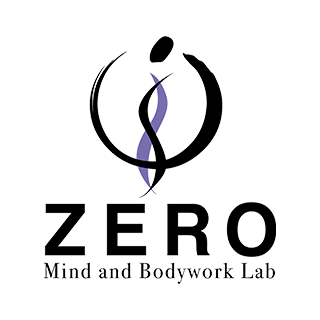Introduction
Hello, I’m Hidefumi Otsuka, offering Rolfing sessions in Shibuya, Tokyo.
From April 8 to 25, 2025, I participated in a three-week (four days per week, Tuesday through Friday, totaling 12 days) Advanced Rolfing Training (AT) held in Ichigaya, Tokyo, organized by the Japan Rolfing Association. The instructors were Ray McCall and Hiroyoshi Tahata.

Summary of AT – A 7-Part Series on “Neutral”
Reflecting on the first half of this Advanced Training, the most profound learning for me was the question: What does it mean to be “neutral” during a session?
To summarize what I’ve taken from the AT, I am writing a seven-part blog series focusing on the theme of “Neutral” under the following titles:
- 1. What is Neutral?
- 2. What is Presence?
- 3. Working with Limitations and Possibilities
- 4. The Relationship Between Energy Work and Body Awareness
- 5. Practicing Right Action
- 6. Listening Touch: The Neutral Way of Touching
- 7. What is Integration?
In this post, I would like to expand on the idea of neutrality by exploring presence.
What is Presence?
In Rolfing, presence is not merely about “being there.”
It refers to a subtle and skillful quality of presence that:
- Does not overly interfere with the client’s process
- Is not indifferent or detached
- Engages only as much as needed, without bringing unnecessary elements into the space
Presence can be seen as the condition that makes Right Action possible. Right Action refers to finding the appropriate balance between letting happen and making happen.
Jeff Maitland describes Right Action as a stance of honoring what is, not trying to change it, but allowing it to emerge.
With presence, one can continuously adjust this balance moment by moment.
The Transformative Power of Presence
When a practitioner is truly present, the space of the session naturally shifts:
- The client gains deeper access to their inner world
- Necessary processes unfold without force
- The session becomes an open exploration rather than a linear intervention
In this way, presence becomes a force that creates space—a field in which transformation can occur within both the environment and the body.
When presence is lacking, sessions tend to fall into mere “manipulation” or “correction,” and it becomes difficult to support true transformation in the client.
How to Cultivate Presence
So how can we cultivate presence? Just like with neutrality, the following approaches are useful:
Return to Neutrality
The foundation of presence is neutrality. It means being fully grounded in the “here and now” without attachment to outcomes. Continue practicing staying in a neutral state by sensing the back space and centering your awareness in the Hara.
Let the Hand Be Shaped
This is the practice of shaping the hand—allowing the client’s body to shape your hand.
This attitude is essential for maintaining presence. Rather than pushing or pulling, tune into the body’s voice and surrender your hands to it.
Embrace Intentionality, Not Intention
Rather than approaching with a fixed intention like “I want to change this,” hold an open intentionality—a sense of direction without attachment to the outcome. This orientation supports the presence needed to accompany the client’s process.
Presence as Catalyst
Presence can also be metaphorically understood as a catalyst.
- A catalyst facilitates a chemical reaction, yet remains unchanged itself.
- Likewise, the practitioner does not “cause” change, but holds the space where change can arise naturally.
In this sense, presence is a sophisticated state—it is both a deep engagement and a neutral stance at the same time.
Summary
Presence is a way of “being there” that is neither interfering nor indifferent, but appropriately attuned
Presence enables Right Action: the balance between letting go and engaging
To cultivate presence, one must:
– Return to a neutral state
– Allow the hand to be shaped (Shape the Hand)
– Embody intentionality rather than rigid intention
Presence is like a catalyst—it promotes transformation without imposing force
I hope this post will be of some help or inspiration to you.

